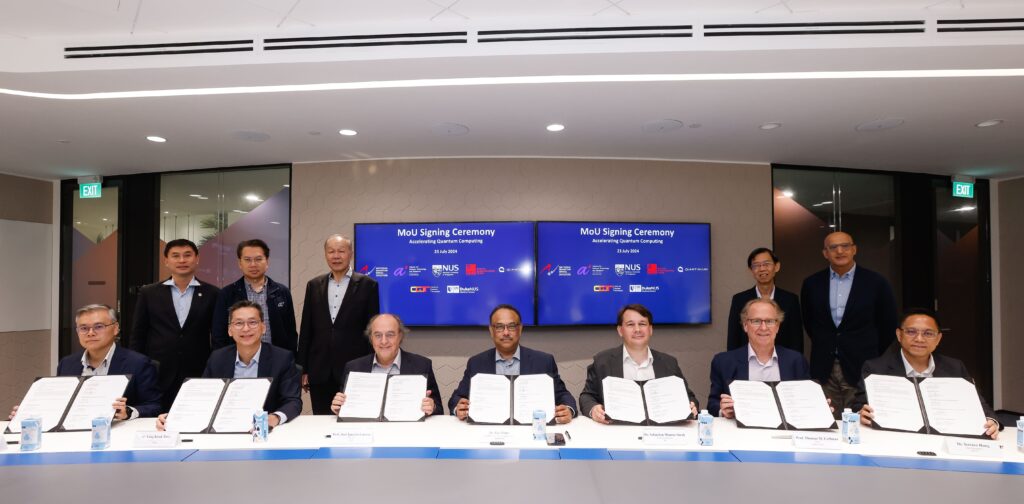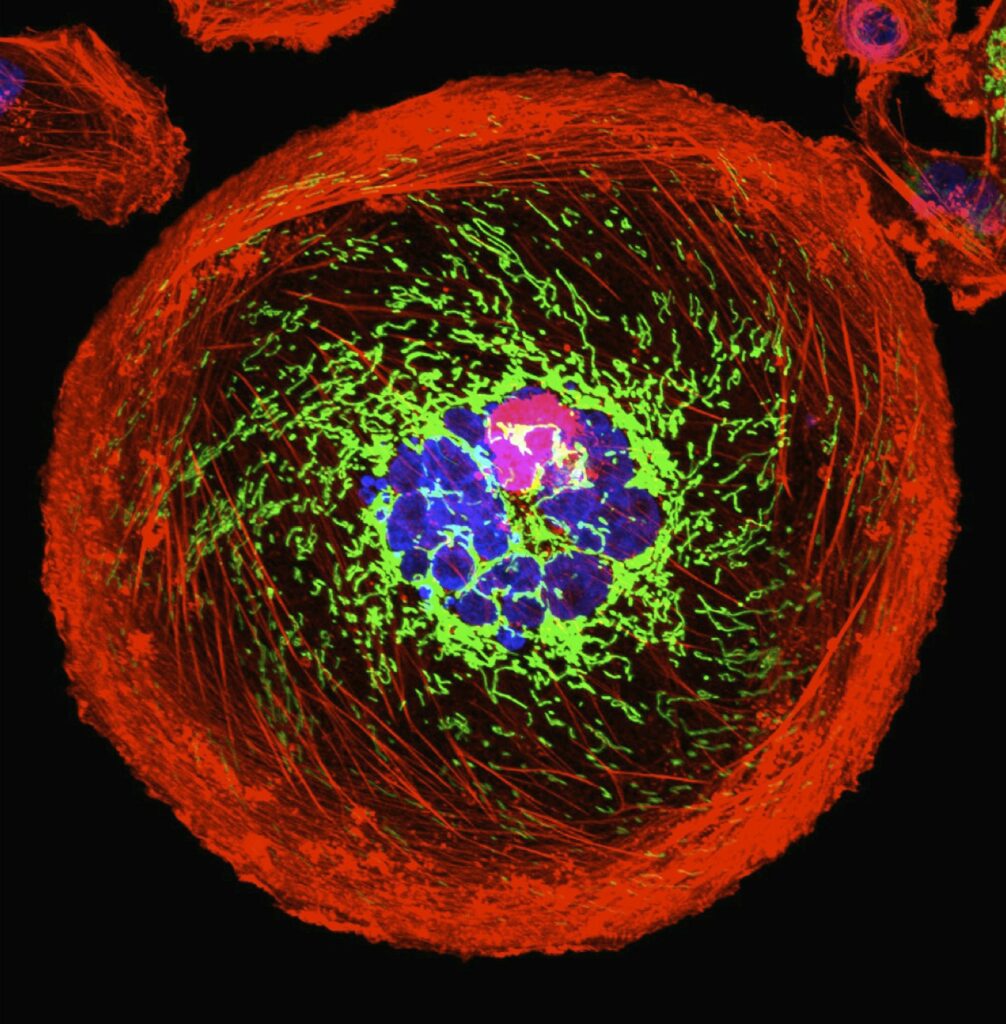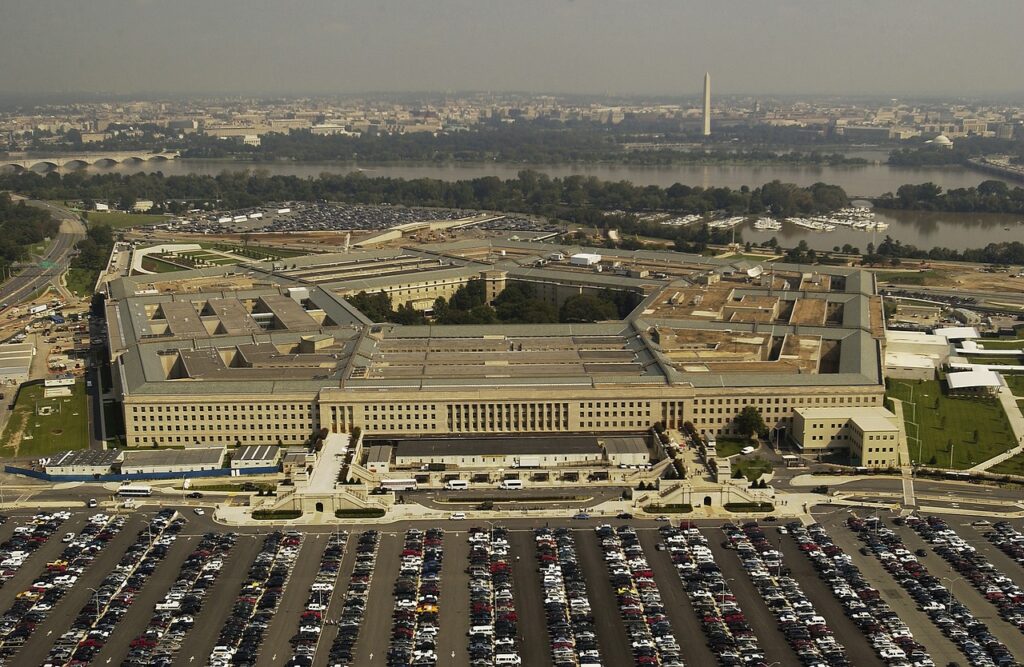Insider Brief
- Quantum experts told the National Defense Magazine, a leading defense journal, that it’s feasible that quantum sensors will replace global positioning systems (GPS) on the battlefield.
- GPS has had a revolutionary effect on warfare but it can be corrupted and jammed.
- Work on quantum sensor-backed systems that replace GPS still need more work, but the likelihood of militaries using these systems is growing.
In the face of growing concerns about technologically sophisticated adversaries, including China and Russia, potentially corrupting or disabling GPS signals, quantum sensing has captured the attention of the Pentagon. The ability to spot minute changes in atomic properties presents an opportunity for highly accurate and resilient navigation systems.
The National Defense Magazine reports that leading researchers in government and industry laboratories across the globe are in a race to refine technology and methods for detecting changes in motion and electric and magnetic fields at the atomic level. This effort has led to the emergence of quantum sensing, a technique that can yield extremely precise and accurate measurements.
Naval Research Laboratory research physicist Roger Easton’s work was foundational for GPS, leading to the launch of NTS-2, the first satellite to transmit GPS signals in 1977, according to the magazine. Today, the NRL’s Section Head in Quantum Optics, Adam Black, is among those adapting quantum sensors for an alternative navigation technique that actually predates GPS — inertial navigation.
“I think that with some of the smallest atomic inertial technologies we might only be a few years out from something like that,” Black said. He described quantum inertial measurement units that could be much smaller than the current fixed equipment used in laboratories for quantum sensing research and development.

Inertial Navigation Meets Quantum Sensing
Inertial navigation, which has been used for military aircraft and weapons guidance since the 1960s, relies on accelerometers, gyroscopes and a computer (known as an inertial measurement unit or IMU) to calculate continuously the position, orientation, and velocity of a moving object without external references, according to the National Defense Magazine. While GPS took over by the early 1990s, inertial navigation using quantum sensors is now being explored as a less vulnerable alternative.
“One of the biggest hurdles to quantum sensing devices suitable for dynamic environments like military ships, submarines, or aircraft is making them small enough and energy efficient enough,” Black told the magazine. Shrinking the quantum sensors, however, presents a challenge as it diminishes their accuracy and precision.
Striving for Quantum IMUs in a Shoebox
The scientists tell the National Defense Magazine that size matters — but not in the way that phrase is commonly implemented. Smaller is better.
Black and other researchers from the NRL, Army and Air Force Research Laboratories and private industry are working on overcoming the challenge of making quantum sensors much smaller.
“You can imagine a shoebox containing a quantum IMU with accelerometers and gyroscopes pretty reasonably,” Black told the National Defense Magazine. While they are not there yet, he believes it is within the realm of physics.
Operating as part of new inertial navigation systems, quantum IMUs would perform the same functions as classical IMUs but with enhanced precision and accuracy. This improvement would be especially valuable during GPS disruptions.
Using Precision Atomic Clocks for Resilience
Dr. Gerald Borsuk, associate director of research for NRL’s Systems Directorate, highlighted the potential use of a new generation of smaller, precision atomic clocks — also quantum sensors — to keep time when GPS is denied. Atomic clocks have been used since the 1950s, but miniaturized, high-performance microwave atomic clocks and small optical atomic clocks are now being engineered to be jam-resistant quantum sensors, enhancing GPS resilience.
“People are now taking the more advanced optical atomic clocks and engineering them to have field-able package sizes,” Black told the magazine.
Advancing Development through Digital Engineering
The experts told the magazine that the development of quantum sensors can be time-consuming due to the need to build physical prototypes for real-world testing. To accelerate progress, the Navy lab and other research groups are turning to digital engineering — virtual modeling and simulation.
For example, Black’s group at the Naval Research Laboratory used digital engineering to put quantum gravimeters on ships. They developed an atomic physics level model that forecasts how the gravimeters behave without the need for large, heavy stabilization gimbals.
Borsuk said the team wants to advance the technology and formed the Quantum Science Institute to reduce risk to industry and apply the scientists’ results.
If you found this article to be informative, you can explore more current quantum news here, exclusives, interviews, and podcasts.




















